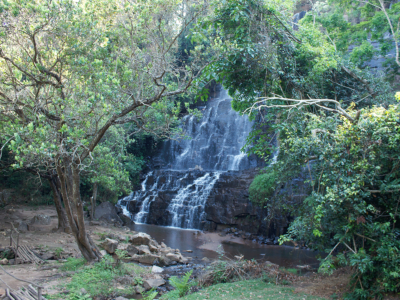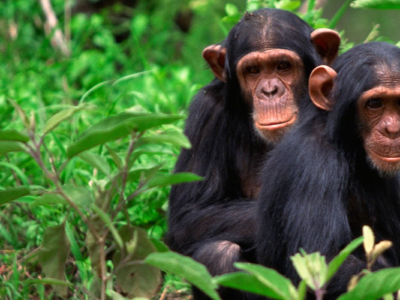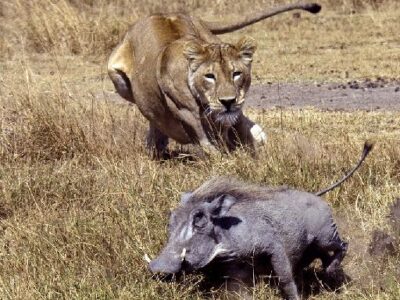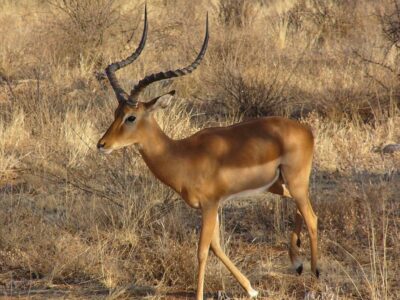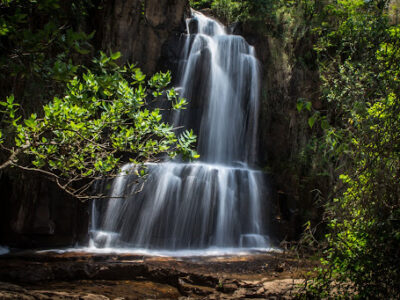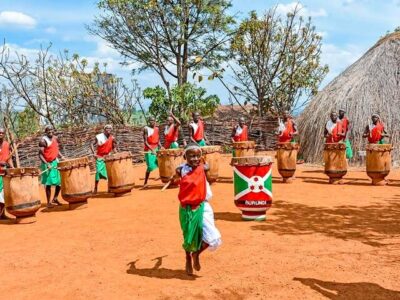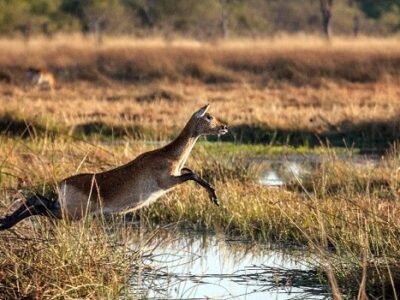The Perfect Burundi Safari Guide | Tours & Top Destinations
Burundi Safari Guide by JimJam Safaris offers wildlife tailor-made safaris, solo, small groups, private, budget, midrange & luxury guided tours in Bujumbura City and various attractions in Burundi. Explore the Culture, transport, and people of Burundi.
Burundi Safari Guide
Location of Burundi
Burundi is located in the Great Lakes region in east-central Africa. Neighbouring Tanzania, Rwanda Democratic Republic, Burundi has a coast with Lake Tanganyika. She is also called the heart of Africa because of her appearance on the world map. Bujumbura was the capital city of Burundi until 2019. On January 16th, 2029, Gitega was declared the new capital city of Burundi. There are different claims about capital change, but it’s mostly related to the political condition in the country. The former Burundi capital, Bujumbura, had always been at the center of years of civil war in the country. The Burundi government believes that changing the capital to Gitega will help stabilize the situation in the country. READ MORE!
How to get to Burundi
Quite several tourists who Burundi come to see the unique tourist attractions and the culture that the nation has to offer. If you are a tourist interested in coming to Burundi the first thing that will cross your mind is wanting to know how to Get to Burundi and here are different means that are often used.
There are different ways of getting to Burundi that is by road and Air, the most popular and commonly used means of reaching Burundi is using road transport.
By Road
Located in the pivot of East Africa, Burundi could be a small portable nation by African standards but she has a lot to offer to the resourceful and imaginative tourists. Wealthy in culture and tradition, the country is known for being hospitable, and in the last few years, Burundi has unlocked herself to the globe. Burundi eliminated many travel restrictions on her borders and just they recently put in place an opportune visa-on-arrival procedure.
By Air
The quickest way to get to Bujumbura is by flight although most of the flights are not direct. The most popular airlines for this route are Kenya Airways, Uganda Airlines, Rwanda Air, Ethiopian Airlines, and Qatar Airways. Travelers frequently search for route combinations such as Entebbe and Nairobi, Mombasa, Dar-es-salaam, Mexico City, Birmingham, Orlando, Las Vegas, New York, Miami, Kilimanjaro, Atlanta, and Chicago among others. READ MORE!
Visa process, visa fees & required documents
To any traveler, before you book a safari from any tour operator I highly advise you first inquire about the visa acquisition procedure and fees.
Citizens of the countries below are exempted from visas hence they do not need a visa to visit Burundi country for up to three months. These countries include Uganda, Rwanda, Tanzania, South Africa and Kenya.
Citizens from the countries that are not listed above can get visas on arrival at Bujumbura International Airport at a fee of $100 per person and this is valid for a month. The month-long visa is the maximum number of travelers who enter Burundi for tourism purposes. Travelers who aren’t interested in getting the visa on arrival can either apply at the embassy of Burundi. READ MORE!
Local currency and local languages
The most common question asked by tourists is “What is the local currency and local language” of a particular destination. Well, in this case, the franc is the currency of Burundi. It is nominally subdivided into 100 centimes, although coins have never been issued in centuries since Burundi began issuing its currency. Only during the period when Burundi used the Belgian Congo franc were centime coins issued. Although Burundian francs are the local currency, hotel staff and owners prefer receiving payments in dollars ($).
Burundi’s official language is Rundi (Kirundi). This Bantu language is the standard medium of communication throughout the nation. Although Kirundi is the official medium of communication, people in Burundi also speak French and Swahili. Swahili is the language of trade and is widely spoken in Bujumbura as French is. Please note that Rundi is spoken by both the Hutu and Tutsi people.
What is the best time to visit Burundi?
Burundi is located in the Great Lakes region in east-central Africa. Burundi is situated between Rwanda and Congo. Neighbouring Tanzania, Rwanda Democratic Republic, Burundi has a coast with Lake Tanganyika. She is also called the heart of Africa because of her appearance on the world map. It is important to keep in mind that Burundi can visited throughout the year. The best time to go for a Burundi safari is in the dry season READ MORE!
Tourist attractions in Burundi
-
Ruvubu national park
Ruvubu National Park is the largest national park in the country covering 508 kilometers. The park’s borders fall within the provinces of Karuzi, Muyinga, Cankuzo, and Ruyigi. The park neighbors Tanzania in the south, the valley of Rubuvu River whose landscape dominates the area. READ MORE!
-
Kibira national park
Kibira is the country’s second-largest national park. Kibira National Park serves as a source for various rivers and streams which provide water around the country. This area receives the highest rainfall in the country. Kibira National Park has very sturdy forest vegetation and tourists have gone an extra mile to discover more about the mysteries that lie within the park. READ MORE!
-
Rusizi national park
Rusizi National Park is the most famous of all the national parks in Burundi and at the same time, it is the most visited of all because it is enriched with wildlife & Crocodiles on River Rusizi. Rusizi National Park is also known as Parc National de la Rusizi READ MORE!
-
Karera falls (Chutes de la Karera)
The Chutes de la Karera is the collaborative title for the five charming waterfalls close to Rutana. The most attractive waterfall is Nyakai I and it is where the cars are parked. Upstream from this is the tinniest of the four waterfalls, Nyakai II, a perfect location for an unprepared downpour. READ MORE!
-
Mount Heha
Mount Heha is the most elevated mountain in Burundi and the most elevated point in the Burundi Highlands mountain range. The mountain is situated in the Bujumbura rural province. This mountain lies roughly 20 km to the east of Lake Tanganyika and about 30 km to the southeast of Bujumbura which is the largest city and former capital of Burundi. READ MORE!
-
Gishora drum sanctuary
Gishora Drum Sanctuary is amongst the most predominant drum sites in Burundi and is located along the hilltop at 7km from the city center of Gitega. The sanctuary is also at 200m along the Gitega-Ngozi route. King Mwezi Gisabo founded this drum sanctuary after accomplishing victory over his rebellious contender Chief Ntibirangwa. READ MORE!
-
Lake Tanganyika
Lake Tanganyika is the world’s second oldest freshwater lake, the second deepest, and the second largest by volume. Lake Baikal in Siberia is the only lake greater than Lake Tanganyika. The one record Lake Tanganyika holds is being the longest freshwater lake in the world. READ MORE!
-
Livingstone Stanley monument
The Livingstone Stanley Monument at Mugere marks a location where explorers and missionaries Dr. David Livingston and Henry Murton Stanely visited. The two explorers spent two nights in Burundi in November 1871. The monument is 12 km south of the enormous city and former capital of Burundi (Bujumbura) with a view of Lake Tanganyika. READ MORE!
-
Gitega national museum
Gitega National Museum was established in 1955. It is situated in Gitega an extensive city just a few kilometers in the East of Bujumbura. The museum has various musical instruments, weapons as well as witchcraft materials. This museum comprises the Musée Vivant which was established in Bujumbura in 1977. The museum consists of a reptile house, aviary, open-air theater, and botanical gardens. READ MORE!
-
German gorge falls
The German gorge is also referred to as the gorge of Nyakazu. The gorge is located in Nkoma Mountain trailing the border of Tanzania. The split is the first and enlarges further. Here one will discover the residues of the earliest German fort the periodical falls cascading water over a valley shielded with a forest. READ MORE!
-
Kigwena national reserve
This national reserve was established in 1954 and it enlarges additionally in a distance of 3,300 hectares. Kigwena forest extends additionally to the western foothill of the Congo-Nile ranges and then slants downwards along the plain to the Lake. READ MORE!
